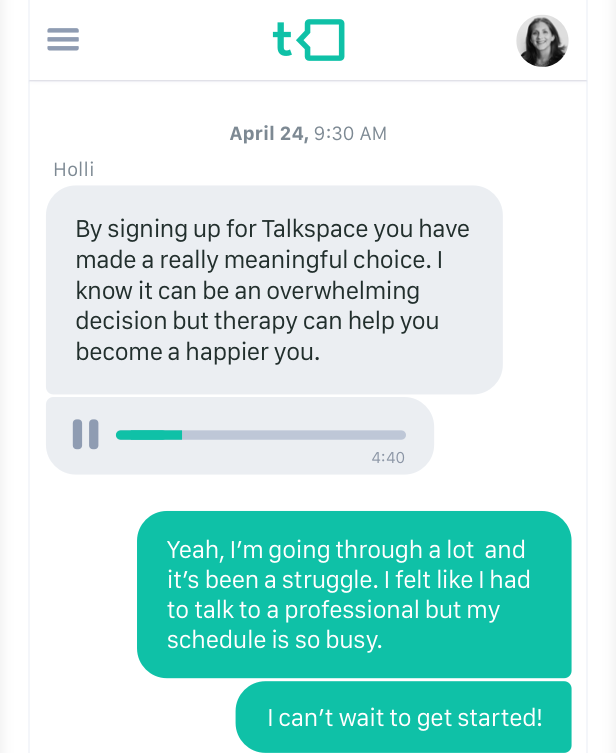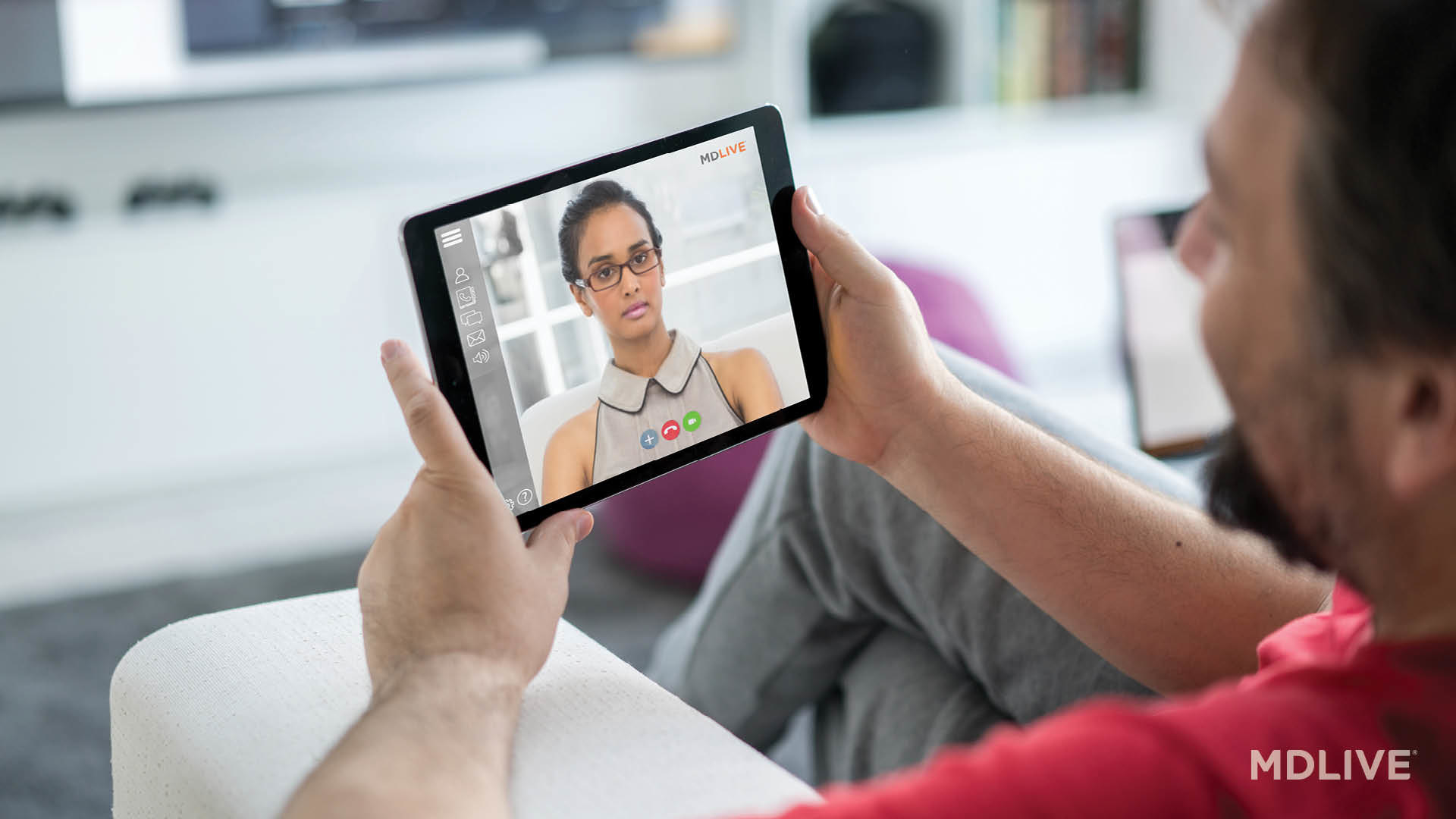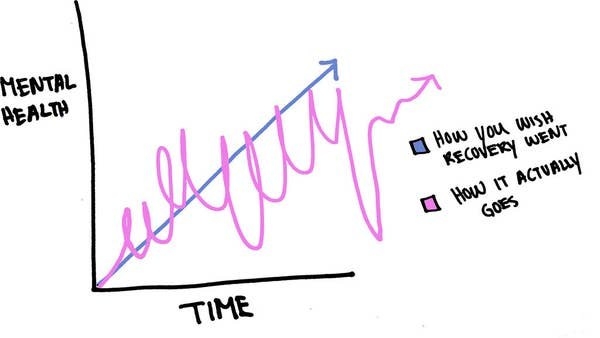Making the decision to try therapy is hard, and finding the right therapist is no walk in the park either. There are a lot of things to consider when you're looking for a therapist, from accessibility to your own comfort levels. Given everything going on today — from social justice to social distancing — online therapy is becoming increasingly popular. So, here’s everything you need to know about it.
First things first: Even though you're not meeting your therapist face to face, online therapy can be just as personal. The work you need to put in and the process are the same.
1. Now, online therapy is usually done two ways: via video or text. Once you figure that out, you can decide if you'd prefer live or messaging sessions.
2. Text therapy lets you take things at your own pace. It's great if you have unpredictable schedules, if face-to-face chats make you anxious, or if you don't have the privacy to speak freely at home.

3. Video therapy is real-time. It's ideal if you're looking for a more free-flowing conversation that's closer to the IRL therapy experience.

4. Online therapy has some seriously great perks — namely convenience (traffic? don't know her), comfort (your bed > therapist's couch), and accessibility (no car? no problem!).

5. While online therapy has lots of advantages, there are still some other things to consider before booking your first session.

6. No matter what service or provider you choose, you should always check their privacy policy to understand how they'll use or protect your personal data. But if you know you won't, at least make sure they're HIPAA-compliant.

7. And ofc, check out what payment options are available — like insurance or subscription-based services.
8. Sure, online therapy is less mainstream, but there are a number of studies out there on its effectiveness. And they're pretty promising!

9. Great, how can you get started? By choosing a medium (text or video), then finding an online therapy service that specializes in your needs and whose treatment approaches work for you.

